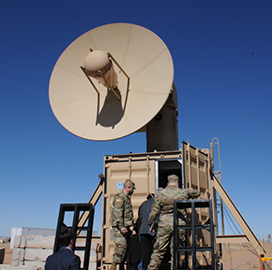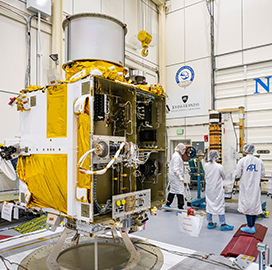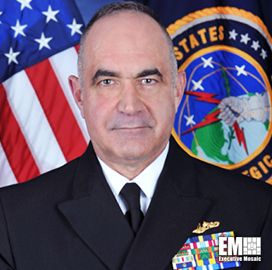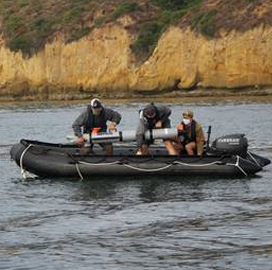The Department of Energy (DOE) has selected 44 projects to receive $82.6 million in total funds to pursue energy efficiency innovations in building materials, lighting, heating and cooling systems. DOE said Friday that the grants will also support training, education and technical programs for the domestic energy efficiency sector.
Among the awardees are North Dakota State University, which will focus on a material that can efficiently absorb thermal energy, and the New Jersey Institute of Technology, which will prototype a residential wall retrofit that can achieve over 30 percent heating and cooling energy savings.
Wilmington, Delaware-based Baryon will develop an air-conditioning unit that employs evaporative cooling and dehumidification methods while Sidney, Ohio-based Emerson Commercial and Residential Solutions will design a refrigerated supermarket display case.
The Atlanta-based Southeast Energy Efficiency Alliance will produce materials needed to train workers and educate consumers about the advantages of using electrified building systems.
“Americans spend about $100 billion every year on wasted energy from buildings, heating and cooling units, and more – increasing energy bills and needless emissions that dirty our air and worsen the climate crisis,” said Energy Secretary Jennifer Granholm.
“By pursuing advancements that make both existing and newly constructed buildings more energy-efficient, we can save consumers money and reduce the climate impacts of the places we live and work.”










